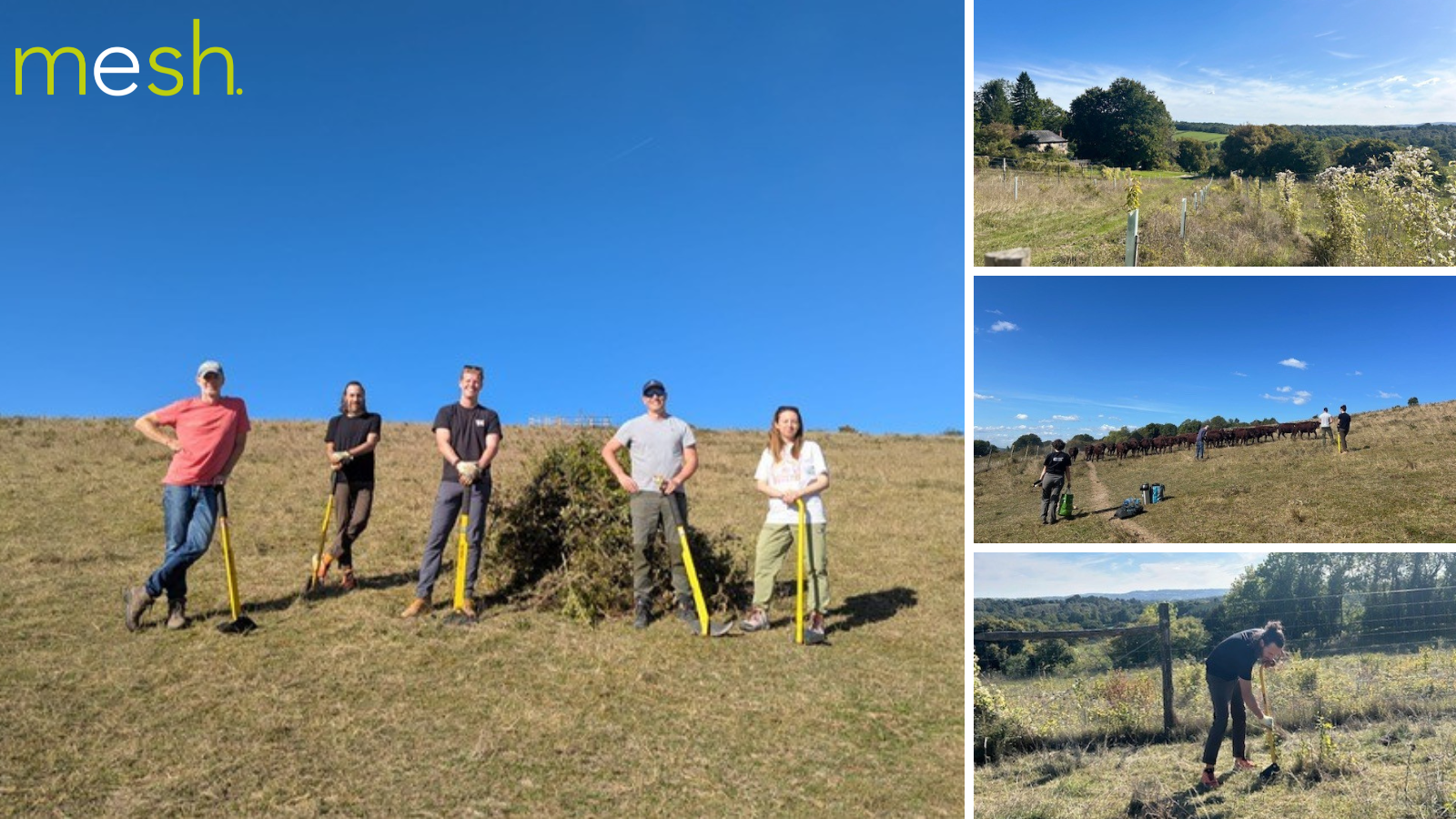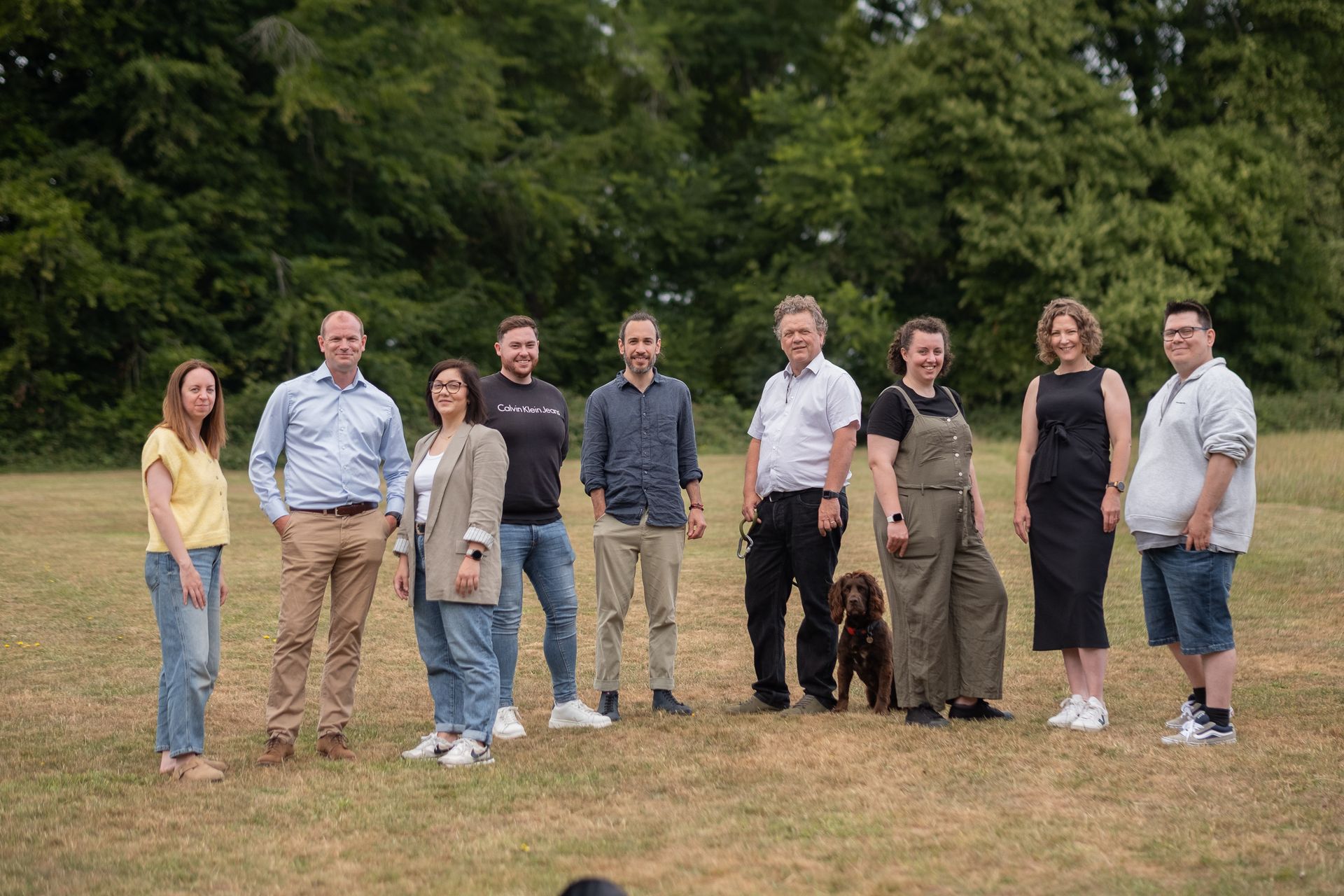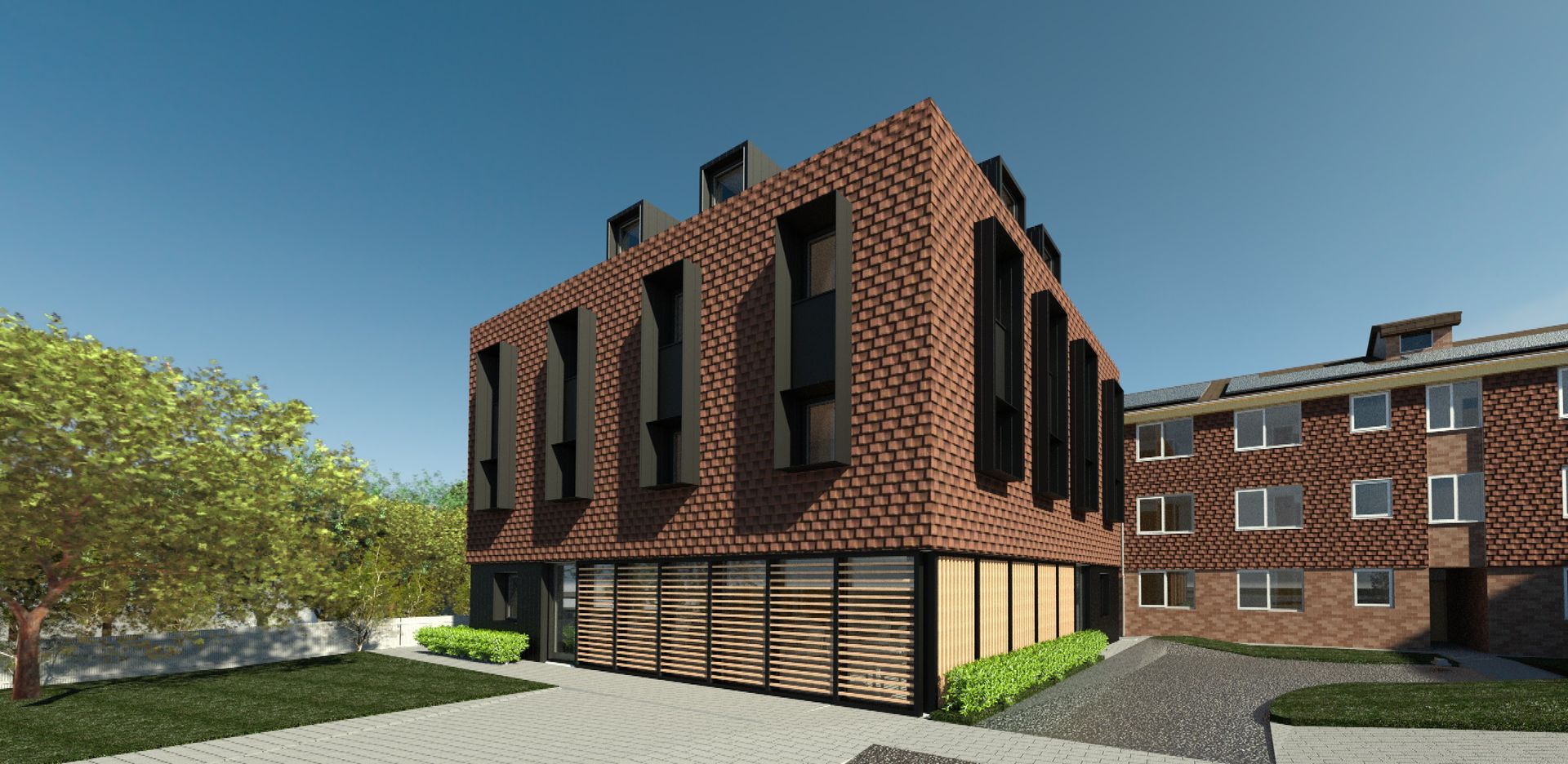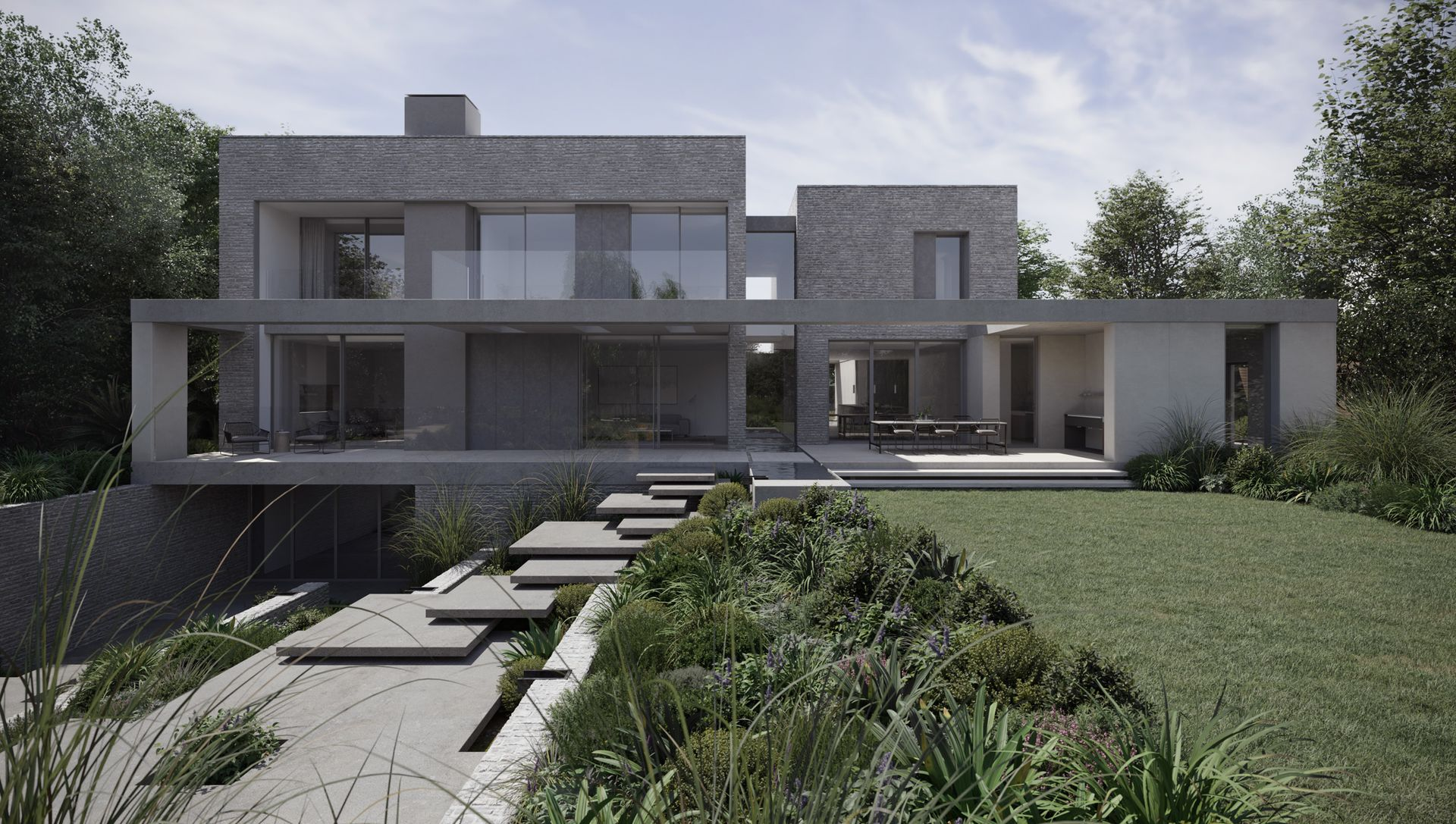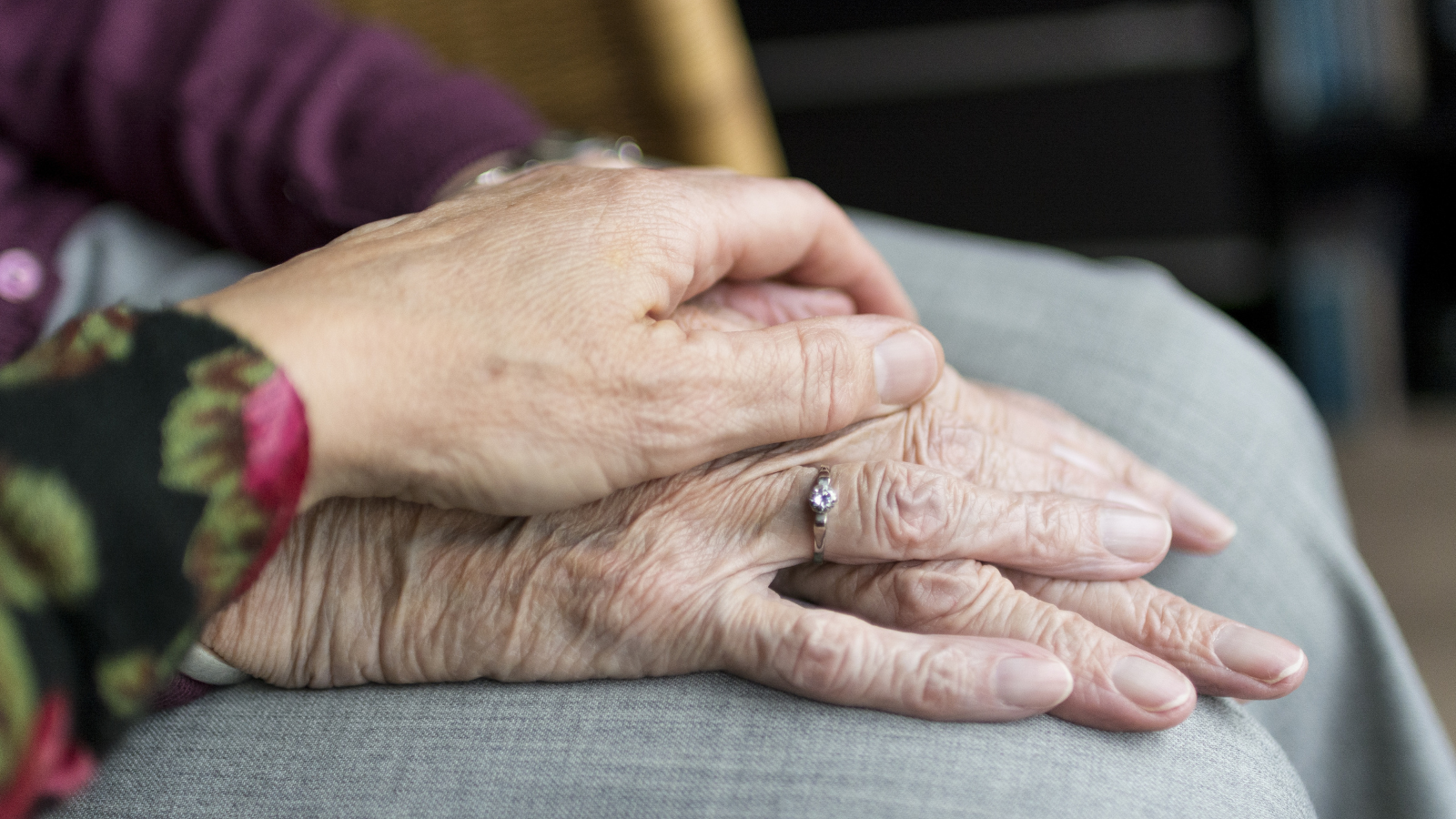Fabric optimisation: why a fabric-first approach maximises sustainable building performance
In building design, the term ‘fabric’ generally refers to the materials and components used to construct a building, including walls, floors, roofs, windows, doors, and other structural elements. It encompasses the physical components of the building, such as bricks, timber, concrete, and steel, as well as the finishes, such as plaster, paint, wallpaper, and tiles.
The fabric of a building can also include elements that contribute to the building's performance, such as insulation, air barriers, and vapour barriers. The choice of fabric can significantly impact the appearance, durability, energy efficiency, and functionality of a building.
Overall, fabric optimisation is the process of designing and selecting building materials and components to create a building that is both efficient and effective. It involves balancing the cost, performance, and sustainability of materials and components to ensure that the building is functional and affordable.
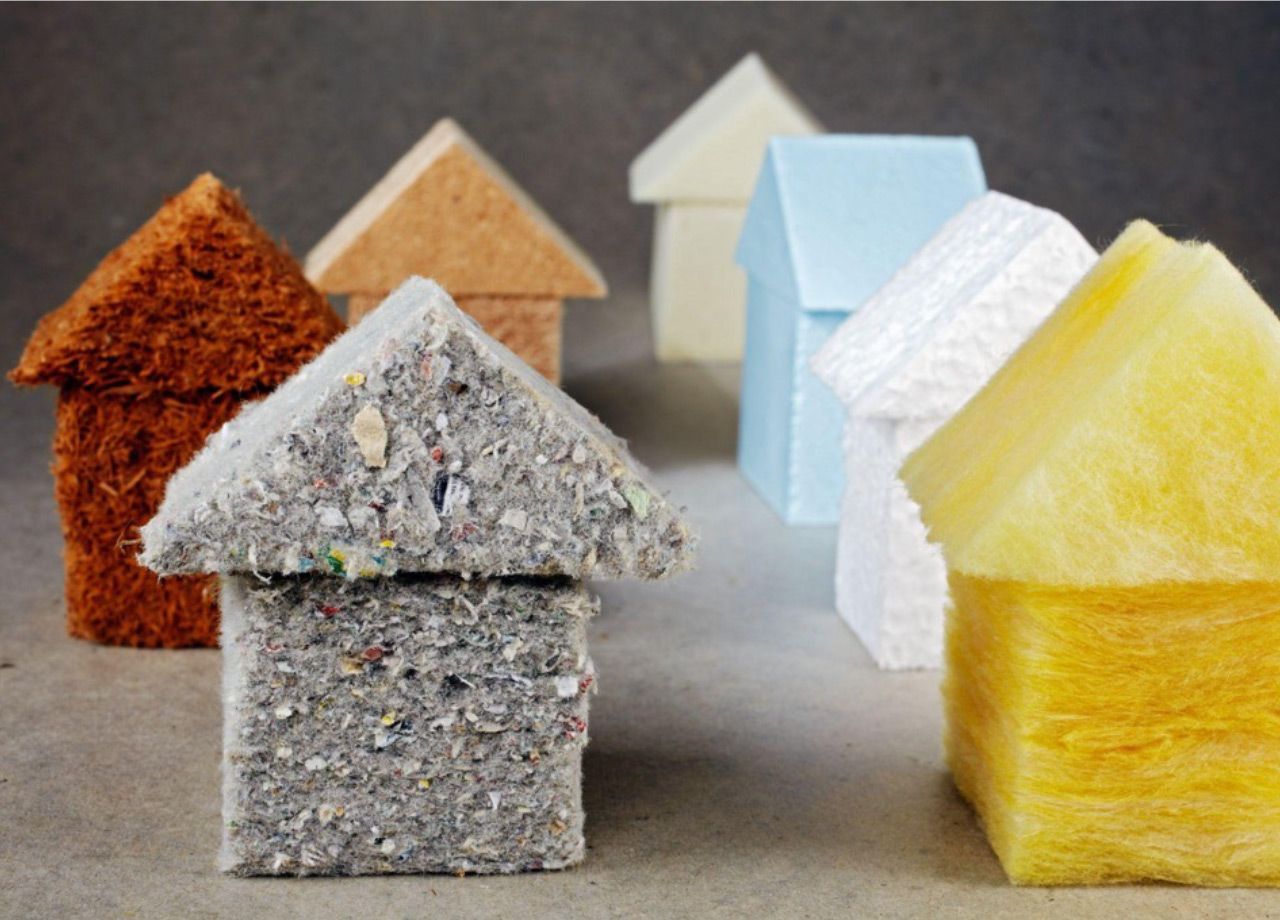
Why is fabric optimisation important?
Firstly, it can help to reduce the environmental impact of a building by minimising the use of resources and reducing waste. By choosing sustainable, durable, and energy-efficient materials, fabric optimisation can help create buildings with a lower carbon footprint and less harmful to the environment.
Secondly, fabric optimisation can help to improve the performance of a building by reducing energy consumption, improving indoor air quality, and enhancing thermal comfort. By selecting better insulated and more airtight materials, it is possible to reduce the amount of energy required to heat and cool the building, which can lead to significant cost savings over time.
Finally, fabric optimisation can help ensure a building is cost-effective and functional. By selecting materials and components that are affordable, durable, and easy to maintain, buildings can be functional, safe, and comfortable for their occupants.
What do we mean by a ‘fabric-first approach’?
A fabric-first approach to building design involves prioritising the building envelope (walls, roofs, floors, windows, and doors) to create a high-performance, energy-efficient building. This approach considers the building's fabric as the primary means of reducing energy consumption rather than relying on mechanical or electrical systems.
Thinking with a fabric-first mindset has several benefits:
- Improved energy efficiency: A high-performance building envelope can significantly reduce a building's energy consumption by minimising heat loss and gain. This can lead to lower energy bills, reduced carbon emissions, and a smaller environmental footprint.
- Enhanced comfort: A well-designed building envelope can improve thermal comfort by reducing drafts, cold spots, and overheating. This can create a more comfortable and healthier indoor environment for occupants.
- Reduced maintenance costs: A building envelope designed and constructed with high-quality materials and workmanship will likely require less maintenance over time. This can lead to lower repair and replacement costs and longer building lifetimes.
- Improved durability: A building envelope that is designed and constructed with durable materials and attention to detail is likely to last longer and be more resilient to weather and other environmental factors.
- Better return on investment: By prioritising the building envelope, a fabric-first approach can help to achieve a better return on investment for building owners and developers. By reducing energy consumption and maintenance costs and enhancing occupant comfort, a high-performance building envelope can improve the overall value of a building.
How things used to be done
In the past, buildings were constructed with a focus on aesthetics, cost, and function, rather than sustainability. The materials and methods used to construct buildings were often chosen based on their availability, durability, and cost rather than their environmental impact or energy efficiency. As a result, many older buildings are less sustainable than modern buildings, often requiring more energy to operate.
For example, older buildings may have:
- Poor insulation: Many older buildings were constructed with minimal insulation, which can result in significant heat loss and gain. This can lead to higher energy bills, lower thermal comfort, and increased carbon emissions.
- Single-glazed windows: Older buildings often have single-glazed windows, which are less energy-efficient than modern double or triple-glazed windows. Single-glazed windows can also be less effective at blocking noise and reducing drafts.
- Air leaks: Older buildings may have air leaks (or draughts) around windows, doors, and other openings, leading to cold spots and reduced thermal comfort. Air leaks can also increase energy consumption by allowing heated or cooled air to escape.
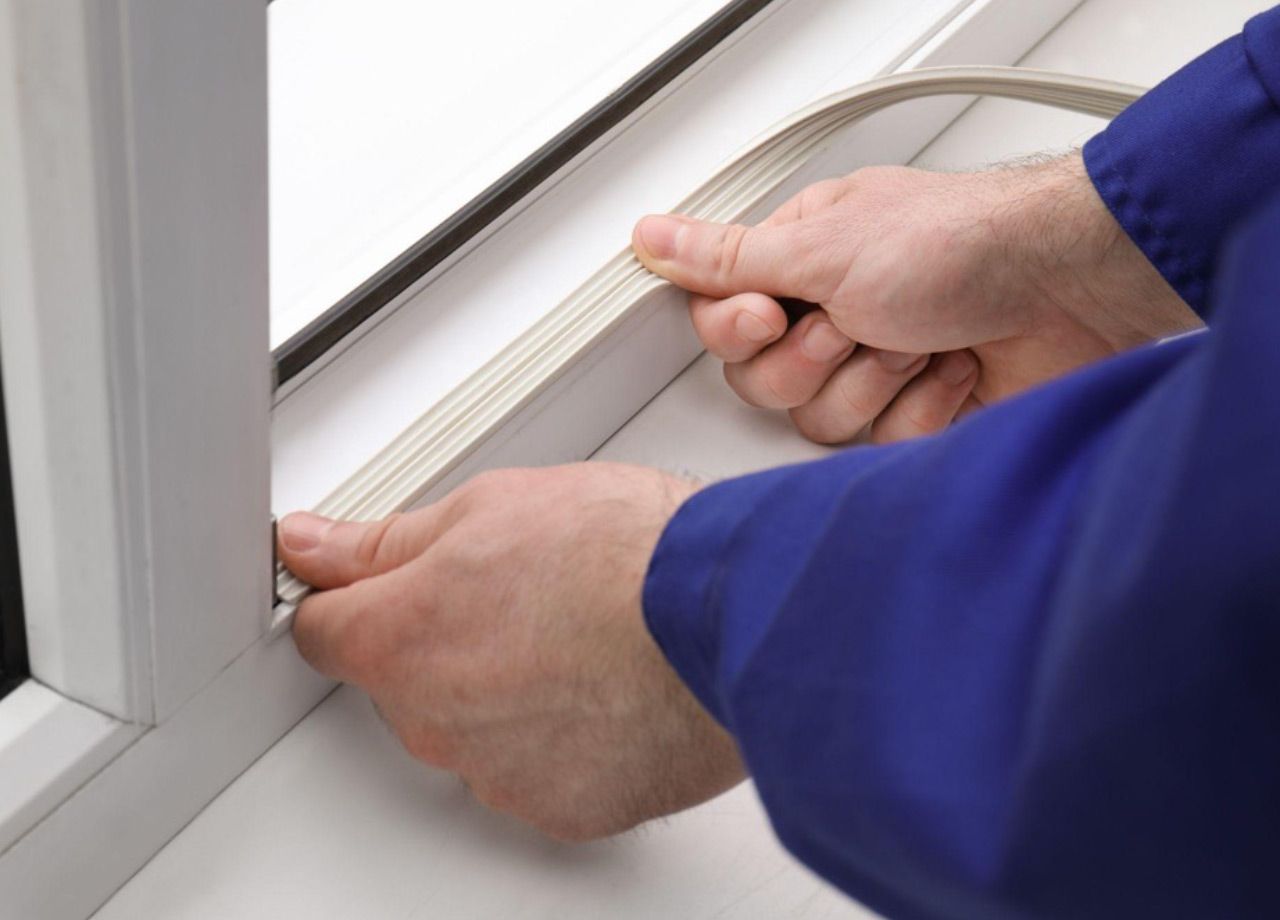
- High embodied energy: Many older buildings were constructed with materials that have a high embodied energy, such as brick, stone, and concrete. These materials require a significant amount of energy to produce and transport, which can contribute to carbon emissions.
- Limited natural ventilation: Older buildings may have limited natural ventilation, leading to poor indoor air quality and increased energy consumption for mechanical ventilation.
Overall, older buildings were constructed with a different set of priorities and considerations when compared to modern buildings, and as a result, they often have lower sustainability and energy efficiency. However, many older buildings can be retrofitted with energy-efficient upgrades to improve their sustainability and reduce their environmental impact, although this comes at a cost and can often be disruptive when it comes to implementation.
How can a fabric-first mindset maximise building performance?
- Energy efficiency: By prioritising the building envelope, a building can significantly reduce its energy consumption by minimising heat loss and gain. This can lead to lower energy bills, reduced carbon emissions, and a smaller environmental footprint.
- Thermal comfort: A well-designed building envelope can also improve thermal comfort by reducing draughts, cold spots, and overheating. This can create a more comfortable and healthier indoor environment for occupants.
- Indoor air quality: A fabric-first approach can improve indoor air quality by reducing the infiltration of outdoor pollutants and minimising the growth of mould and mildew.
- Durability: By using high-quality materials and workmanship, a building envelope is likely to be more durable and resilient to weather and other environmental factors.
- Cost-effectiveness: By prioritising the building envelope, a building can achieve a better return on investment for building owners and developers. By reducing energy consumption and maintenance costs and enhancing occupant comfort, a high-performance building envelope can improve the overall value of a building. This can make a fabric-first approach a cost-effective strategy for building design and construction.
How can Mesh help with fabric optimisation?
As an energy consultancy and engineering company that specialises in optimising the energy performance of buildings, we can help you achieve a fabric-first approach in several ways:
- Building envelope analysis: We can perform a detailed analysis of a building's envelope to identify areas where improvements can be made to enhance energy efficiency and occupant comfort.
- Energy modelling: We can create energy models of buildings to simulate their energy performance and identify areas where improvements can be made. This can help to inform decisions around building design, materials, and systems.
- Retrofit design:
We can provide design and engineering services for retrofitting existing buildings to improve their energy performance. This may include upgrades to the building envelope, lighting, HVAC systems, and renewable energy systems.

- Building certification: We can help building owners and developers achieve building certifications, such as LEED, BREEAM, and WELL, which recognise buildings for their sustainability and occupant health and wellness.
- Energy management: Mesh Energy can provide energy management services to help building owners and managers monitor and optimise their energy consumption.
- This may include energy audits, energy performance benchmarking, and the implementation of energy-saving measures.
To summarise, a consultant such as Mesh Energy can help building owners and developers maximise building performance and see the results of a fabric-first approach – leading to improved energy efficiency, occupant comfort, and environmental sustainability.
If you’re a house builder, architect or commercial property developer, talk to us today about how Mesh can vastly improve the health, sustainability and performance of your building and its occupants.
Let’s build better.
SHARE THIS POST WITH YOUR NETWORK


